The art of deception: How Apple attempts to keep its secret projects under wraps
With connections drawn between a rumored Apple car project and a research company named SixtyEight, AppleInsider takes a look at some other ways Apple has attempted to keep its top-secret projects out of the public eye.
Amidst a series of Apple-occupied offices in the town of Sunnyvale, Calif., is a mysterious company named SixtyEight Research, which has a limited online presence and recently renovated its facilities to add a "repair garage." This, accompanied by sources who say it's located in the office complex is where Apple is working on its secret electric car project, has led to speculation that Apple is using SixtyEight as a cover.
Further adding intrigue to the mystery, "SixtyEight LLC" was registered as a company last year in California, and imported a 1957 Fiat Multipla 600 from the U.K. into the U.S. Apple's chief designer Jony Ive is known for having an affinity for Fiat's designs, and he and co-designer Marc Newson auctioned off a Product(RED) Fiat 600 back in 2013.
Apple has a history of using shell corporations and other tactics to obfuscate its projects and future plans.
The connections to Apple are particularly noteworthy because such tactics are the company's modus operandi, using shell corporations and other public smokescreens to hide projects, as it develops them and attempts to bring them to market.
These obfuscation tactics have been around for decades, famously used by Walt Disney to buy up large tracts of land in Florida. His real estate endeavors eventually became Walt Disney World, and the land was purchased at prices that would have been unavailable if the true buyer had been known.
Apple's own legendary veil of secrecy began to take shape around the release of the original Macintosh back in 1984, under the leadership of Steve Jobs. Today, Apple's secret labs are said to include multiple security doors, requiring badge swipes and code entry, while workspaces are under constant surveillance.
While Apple develops its products in secret, with secure rooms and draped black cloaks keeping information hidden at its Cupertino headquarters, bringing a product to market also requires interaction with the outside world.
Parts and prototypes must be ordered and shipped, extensive testing is required, and various legal filings must be made. Here, too, Apple does its best to maintain secrets.
But, as history has demonstrated, leaks happen.
iPad: What's in a name?
Apple wanted to be sure it owned the iPad name before it introduced the product. Of course, Apple didn't actually want anyone to know the name of the iPad before it was formally unveiled.
And so the company attempted a unique approach: It opted to register the name as an acronym, I.P.A.D.
It did so under the guise of a British shell corporation it created named "IP Application Development," or "IPAD Ltd."
Again, Apple's efforts fell short, as the filing and its connections to Apple were revealed before the iPad was officially announced.
The iPad name was registered through "IP Application Development," a British shell corporation owned by Apple, before the tablet was announced. Apple also covertly owned the names "iSlate" and "Magic slate.
There are signs that Apple also had a backup plan in naming the iPad, as records back in 2009 suggested the company was also behind another dummy corporation named "Slate Computing, LLC." That company owned the "iSlate" and "Magic Slate" trademarks.
As for the hardware, some developers were given access to the iPad prior to release, but the device was locked to an immovable object in an isolated room where all of the windows were completely blacked out. Developers were also required to sign and submit more than a 10-page non-disclosure agreement along with photographic evidence that they'd met all of the provisions set forth.
Pictures of the device securely bolted down still managed to leak onto the Internet before the first iPad was revealed in early 2010.
Watching for the Watch
As with the iPhone and iPad before it, the Apple Watch was the subject of countless rumors for years before its final unveiling. While the device itself was a highly guarded secret, the fact that Apple was working on it was widely known.
One element that Apple did manage to keep under wraps until the keynote presentation last September was the name. But as with the iPad and iSlate, Apple actually registered a number of potential names just in case.
The most popular name rumored for the device, "iWatch," was actually openly registered by Apple itself, potentially with the intent of misdirection. Unlike with iPad and iSlate, Apple sought ownership of the iWatch name under its own corporate banner.
In the U.S., U.K. and other countries, ownership of the iWatch name was sought by a mystery company named "Brightflash," also thought to be a front for Apple to conceal its efforts.
As for the final product name of Apple Watch? Apple did file for ownership, under its own name, prior to its unveiling. It went unnoticed in Trinidad & Tobago.
The iPhone 4 debacle
The most famous Apple leak of all didn't involve legal maneuvering, trademark filings or mysterious shell corporations — just a simple plastic casing.
Apple's next-generation handset was hiding in plain sight, but it was exposed when an Apple employee mistakenly left a prototype iPhone 4 unit at a bar in 2010. The handset was then stolen and sold to Gizmodo, which went as far as to take the device apart and show its insides before mailing it back to Apple.
Testing an iPhone in the wild is paramount for obvious reasons related to cellular connectivity and reception. But Apple couldn't allow an entirely new-looking iPhone to be used in plain sight, lest its secret project be prematurely unveiled.
And so Apple wrapped the iPhone 4 in a plastic case housing that made it look like an iPhone 3GS. To the average person, the prototype iPhone looked completely identical to the current model.
Though the prototype iPhone 4 ended up getting a very public exposure, Apple didn't abandon that strategy.
Last year, when it was testing the Apple Watch in public with the code-name "Gizmo," the device was wrapped in dummy shells to conceal its design. With no wearables of its own on the market at the time, Apple opted to make its Watch look like competing devices, such as the Samsung Galaxy Gear.
Weeding out the leakers
In an effort to crack down on leaks, Apple is known to disseminate bogus information to find out who is leaking it. Since those affairs are handled internally, it's unknown how frequently, or how successful, those efforts are.
But over a decade ago, Apple took a different approach, and attempted to force news publications to reveal their sources so it could crack down on leaks. Apple sought to subpoena editors at AppleInsider and PowerPage in an effort to identify sources who provided accurate details of an unreleased hardware product code-named Asteroid. The journalists refused to cooperate and enlisted the services of the Electronic Frontier Foundation as their counsel.
Eventually the case went to court, and Apple argued that online journalists shouldn't be afforded the same protections as print journalists. A three-judge panel in the California Court of Appeals ultimately sided with the websites, and found their editors were entitled to the same protections as conventional print reporters.
Apple declined to appeal the decision and was later sued by the EFF for attorney's fees. In an effort to deter Apple from filing future cases of little merit to root out leakers at the company, the court awarded the EFF more than two times the attorney's fees for which it had asked.
SixtyEight and Apple
An investigation by AppleInsider discovered the aforementioned SixtyEight Research, which signs point to being a potential front for a secret Apple project.
Multiple sources have told AppleInsider that automotive parts for testing have been shipped to Apple's offices in Sunnyvale, where it's speculated that the company is hard at work on an electric car project in a building code-named "SG5." But as the largest company in the world, if Apple were to import cars and parts under its own name, it might draw red flags and fuel speculation about a so-called "Apple Car."
The use of a shell corporation would certainly be one way for Apple to push forward on development of a top-secret project without drawing unwanted attention.
And therein lies perhaps the company's greatest creation of all: the Apple hype machine. The less that's revealed, the more the world wants to know what's next.
 Neil Hughes
Neil Hughes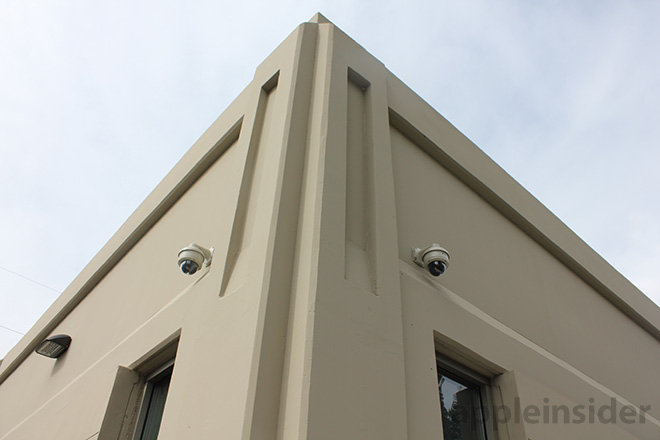
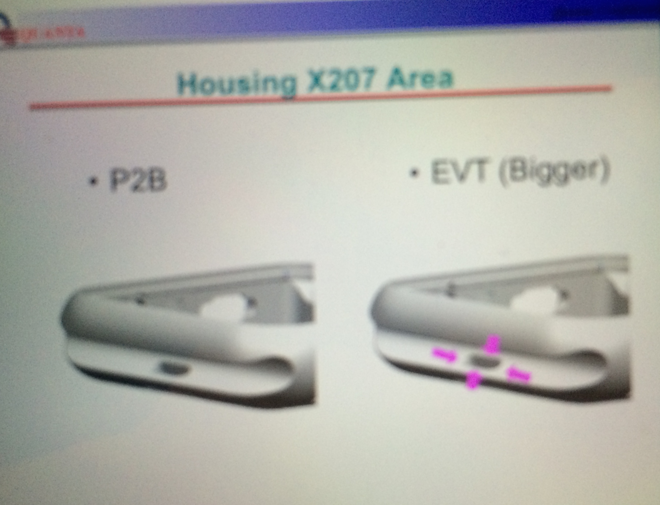
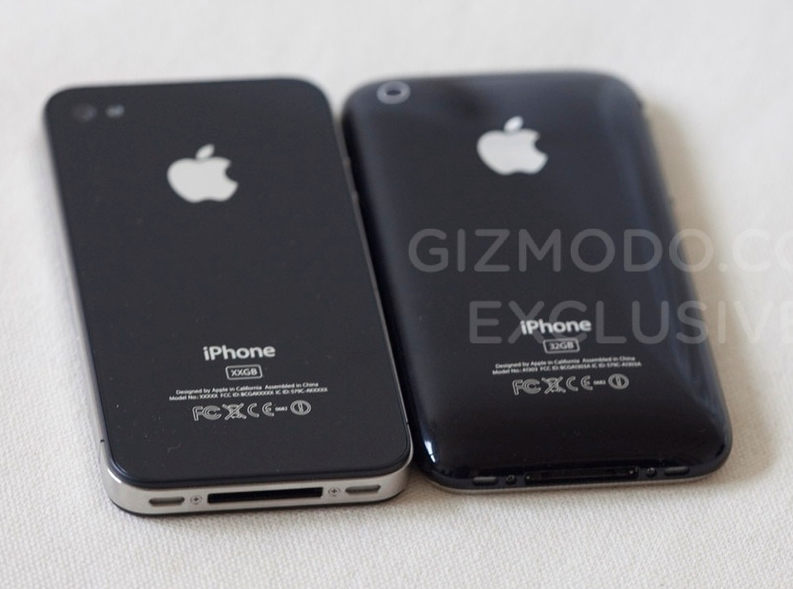
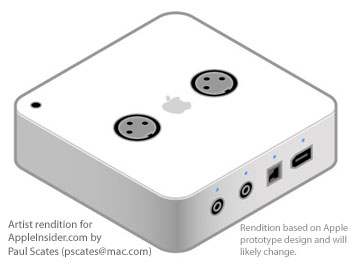

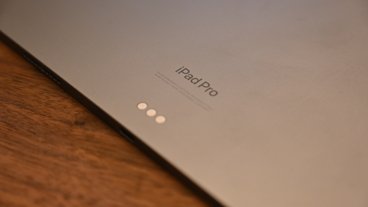








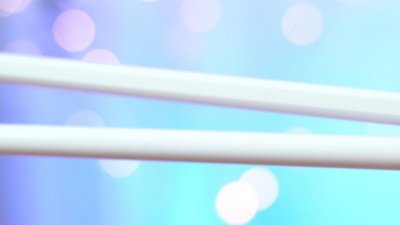
 Malcolm Owen
Malcolm Owen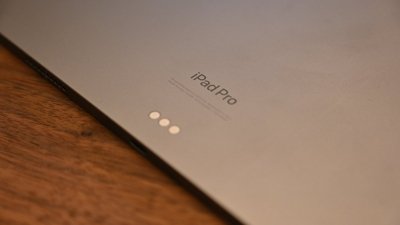
 Charles Martin
Charles Martin
 Mike Wuerthele
Mike Wuerthele


 Chip Loder
Chip Loder

 William Gallagher
William Gallagher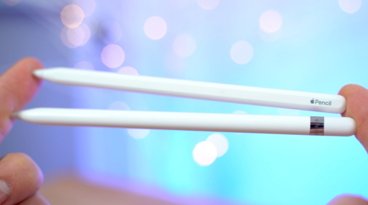







57 Comments
That's one of the reasons there are so many leaks from "reliable and trusted sources" that turn out to be bogus... Apple has baited its employees by giving them false information that they can trace back to the internal leaker or at least the group.
Apple should have a full-scale, year-round, well-staffed and well-funded misinformation department. Fooling not just the media digging for secrets, but their own Asian suppliers as well. Complete with making real semi-functional prototypes of things, using realistic part numbers, etc.. They should hire long-time rumor bloggers to craft these fakeries so they leak in exactly the same way as would really happen. The expense, for Apple, would be microscopic, but there would suddenly be a constant stream of fresh leaks--well crafted and undetectable. And the fun of the surprise would return! Because we simply would not know what to believe anymore.
Apple should have a full-scale, year-round, well-staffed and well-funded misinformation department. Fooling not just the media digging for secrets, but their own Asian suppliers as well. Complete with making real semi-functional prototypes of things, using realistic part numbers, etc.. They should hire long-time rumor bloggers to craft these fakeries so they leak in exactly the same way as would really happen.
The expense, for Apple, would be microscopic, but there would suddenly be a constant stream of fresh leaks--well crafted and undetectable.
And the fun of the surprise would return! Because we simply would not know what to believe anymore.
They already do this.
Gruber and Dalrymple are also, semi-officially, Apple people.
It seems that Apple is NOT working on a car per se. That is well out of their comfort zone. But they MUST, by nature of their business, be working on SYSTEMS that can be used in an automobile! Think "Apple environment " and you'll begin to figure out systems that can be used to install in a vehicle.
Apple should have a full-scale, year-round, well-staffed and well-funded misinformation department. Fooling not just the media digging for secrets, but their own Asian suppliers as well. Complete with making real semi-functional prototypes of things, using realistic part numbers, etc.. They should hire long-time rumor bloggers to craft these fakeries so they leak in exactly the same way as would really happen.
The expense, for Apple, would be microscopic, but there would suddenly be a constant stream of fresh leaks--well crafted and undetectable.
And the fun of the surprise would return! Because we simply would not know what to believe anymore.
The problem with this idea is that a lot of shareholders and analysts would be upset that said product is not actually real since it won't ever ship and it could do more damage to AAPL stock then good. Apple would turn out like Google with lots of abandonware and it would just look bad for their image.